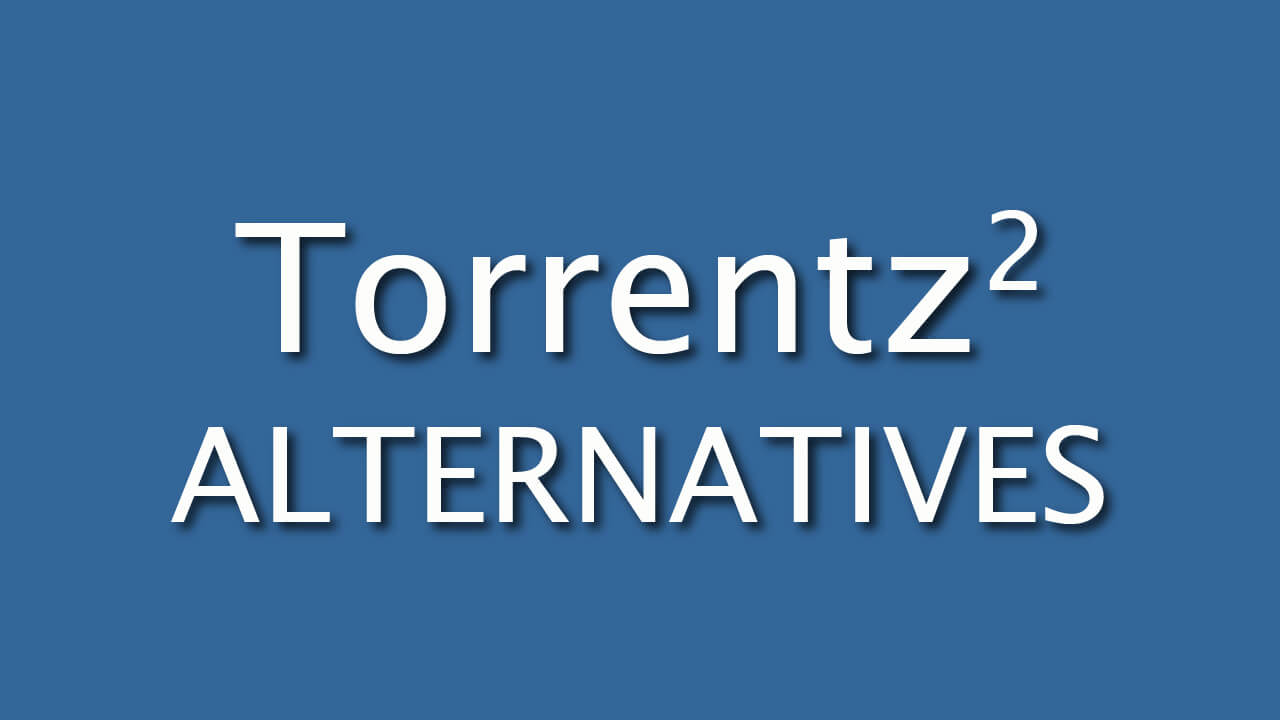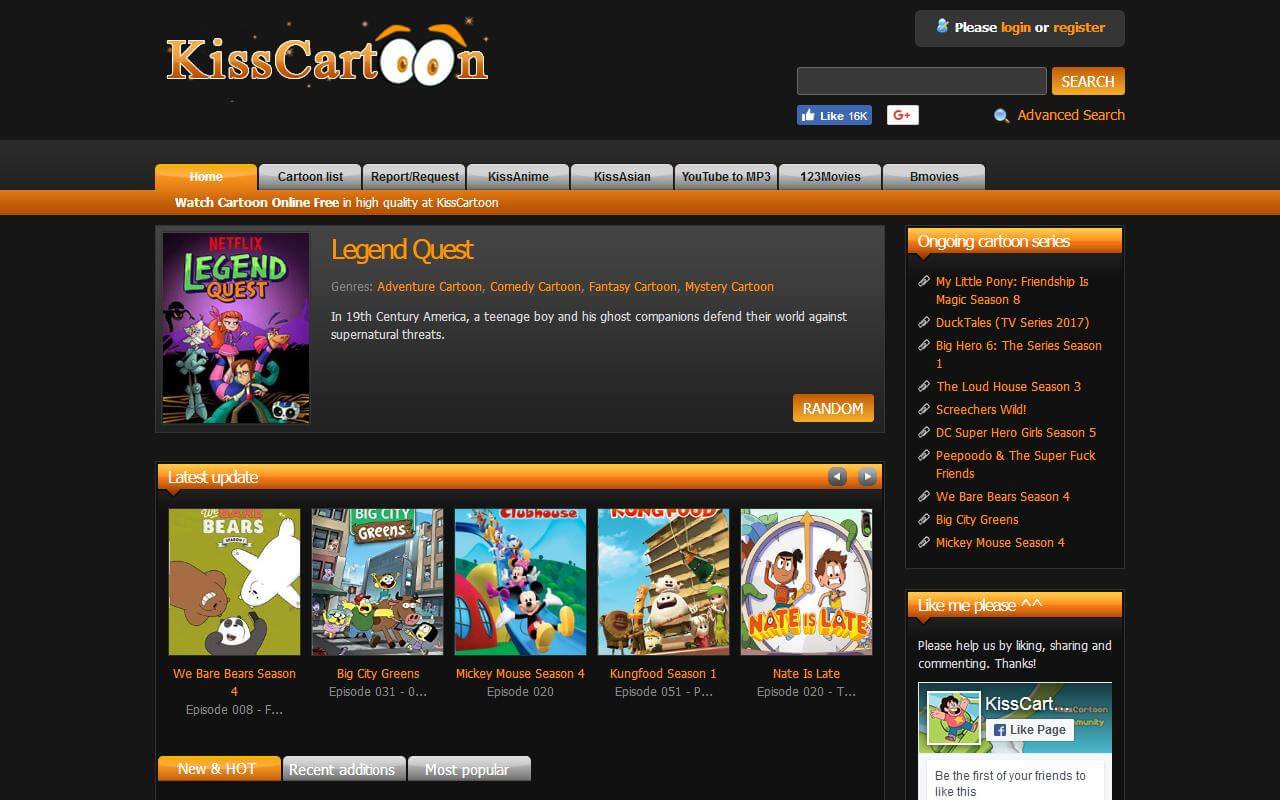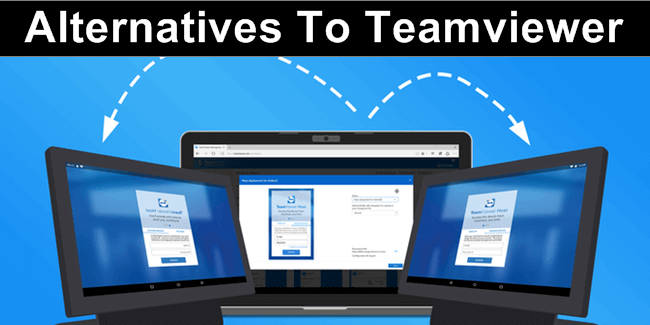Keeping an organization’s operations running smoothly is no easy feat. You must plot a course for the future while reviewing results, statistics, and ongoing projects. Particularly in the modern era of telecommuting, this is true for everyone in a project management position.
Many software packages exist, making it difficult to decide the best one for your business needs. Every organization is unique, and if you choose poorly, you may end up with features you don’t use and room for improvement where you didn’t see it before.
Let’s start with a brief overview of Asana. The idea for what would become one of the first project management tools was conceived by the company’s founders while they were striving to increase Facebook’s workforce’s efficiency.
Best Asana Alternatives
Users are looking for an alternative to Asana that can meet their teams’ unique needs thanks to advanced features like automatic data sync and easy collaboration.
The best Asana alternatives for team communication and project management are compiled here for your perusal. Without further ado, then, here is the first:
1. Basecamp
Though it’s been around for a while, Basecamp still makes the cut as one of the best alternatives to Asana. Basecamp’s main selling point is that it is a web-based alternative to traditional project management tools.
As long as they have access to a web browser, your team members can contribute to their assigned tasks. That’s the kind of Asana substitute that may really help out a small business.
Considering that the platform costs a fixed $99 a month (for as much storage as you need, up to 100 GB), it’s easy to see how the platform could be limiting for smaller firms.
2. Smartsheet
One of the best Asana alternatives is Smartsheet, a spreadsheet-based project management tool used to monitor and organize work projects through the use of filters and assignment of tasks.
Smartsheet provides more than just a spreadsheet view; users can also access Gantt charts and file sharing. Time monitoring, resource management, and cost estimation are just a few of the features that Smartsheet provides that Asana lacks.
Smartsheet, on the other hand, does not provide a centralized center for communication, which may hinder its usability or integration with larger teams. A Smartsheet license for a single user starts at $14 a month.
3. Scoro
Project planning, time tracking, contact management, and billing are all included in the single work management program Scoro. Within Scoro, you can also find a wide range of products, from project management to CRM.
The biggest benefit of Scoro is if you wish to continue using your CRM for project management duties. Since the software incorporates time tracking, billing, quoting, and invoicing, it also performs exceptionally well when handling client work.
“Comprehensive” productivity suites like Scoro aren’t as strong in each area as standalone CRMs or project management programs. Having an all-in-one solution is less desirable now that there are so many connectors available.
4. Microsoft Project
The oldest project management program available, Microsoft Project, must be included in a list of Asana alternatives. MS Project, which has been around since 1984, is still well-liked by PMPs and big businesses with official PMOs.
Most of the features you require are there in MS Project, and it works seamlessly with other Microsoft products like Excel and Outlook. It is strong and packed with capabilities, such as resource management and planning.
MS Project was the preferred choice for the longest period. However, the successor platforms that it made possible have since surpassed it. It lacks the simplicity and ease of use of its more modern rivals.
5. Nifty
Among previous Asana users, Nifty consistently ranks high. Users of Asana use Nifty’s importer to get started quickly because it is renowned for being simple to use and has a significant feature and experience overlap.
Project roadmaps from Nifty function as calendars for content, client deliverables, product releases, and status updates. When tasks to automate reporting are finished, milestones in the “Roadmap” display progress in real-time.
Nifty is unquestionably an economical and dynamic Asana substitute with several collaboration tools, such as a team chat function that enables team members to constantly update each other on projects.
6. Wrike
With its user-friendly interface, Wrike is the ideal tool in the toolbox for project managers overseeing agile work processes. To help teams move more quickly along the project schedule, other capabilities include task lists and time tracking.
By providing visibility during the project’s duration, accelerating approvals, and creating a platform that genuinely permits real-time collaboration with a wide range of collaborative features, Wrike involves many capacities.
Despite having a wide range of capabilities, Wrike provides a significantly superior learning phase, which makes it a more potent project management tool than Asana in this regard.
7. nTask
The free online project management application nTask was created with teams in mind. Despite being designed for teams, it offers a straightforward, functional user interface that can be utilized by individuals for personal use.
It functions successfully across all types of teams and businesses. One of the best free Asana alternatives on this list, nTask includes several tools that encourage collaboration and speed up project progress.
You can manage several projects connected to software development, marketing, human resources, design, and legal with the aid of nTask. access to a variety of modules through a straightforward user interface.
8. Hive
It should be no surprise to anyone who has read any previous pieces that I have a deep and abiding affection for the Hive. No sales pitch, just the truth. I figured it would be a good idea to put what I’m preaching in these Hive pieces.
Hive has been a fantastic tool for me to keep track of both personal and professional responsibilities. Because I’m a freelancer, I can use Hive’s services at no cost.
Hive allows me to keep track of my daily tasks in “My Actions,” while the “Calendar View” overviews my week. It is a great utility for my desktop computer at home.
9. ClickUp
ClickUp is one of the most well-liked project management applications available today. Not only do people love sharing hilarious and creative TikTok videos, but also the app’s streamlined design.
In addition to these features, ClickUp is well-known for its additional onboarding resources, such as its on-demand demos, live and recorded webinars, YouTube channels, and support docs.
Some people who have used Asana in the past have found that ClickUp is superior since it is “a highly capable task management tool for rapid learners” and “has a wonderful mobile app with which you can manage a whole project with ease.”
10. Trello
I have used Trello, a web-based free planner app, for many years. When I started using it for my projects, I thought I was so sophisticated because it was the only project management application I’d ever been exposed to.
Trello is a tool for project management that allows users to build lists of tasks, along with deadlines and notifications. You may also collaborate with others by giving them access to your lists. There is a monthly cost for the premium tier.
Regarding online planning, Trello is your best bet for beginners due to its user-friendly interface and drag-and-drop functionality. When I didn’t require anything fancy, just a place to spit out my thoughts and to-dos.


